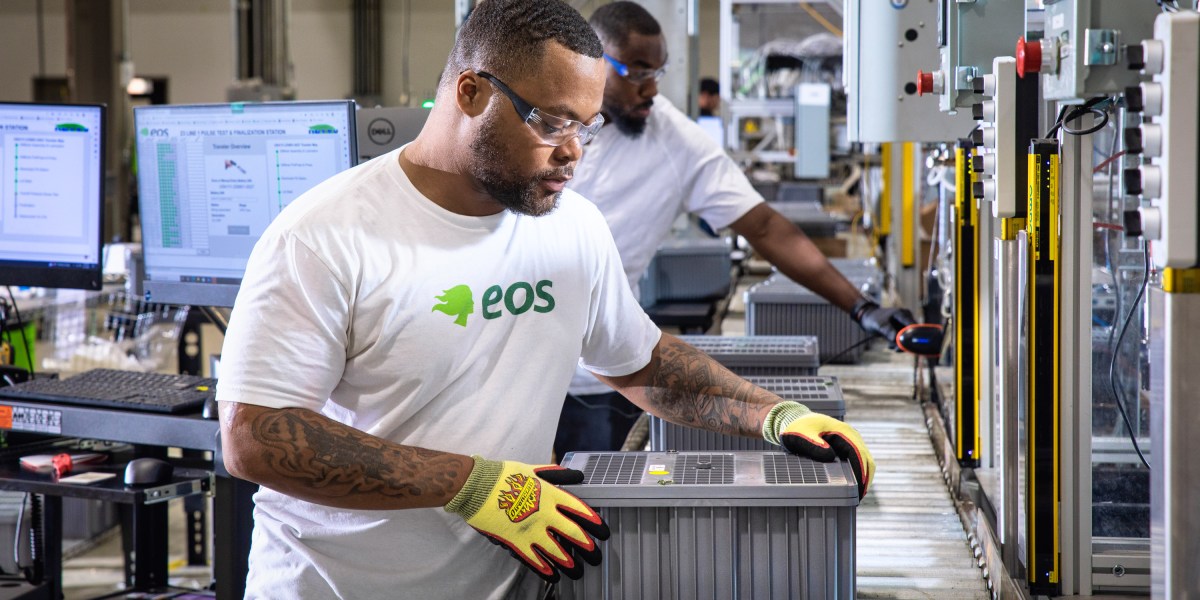I wonder if it can be cheaper and better at scale than iron-air batteries. Those seem inexpensive to make, and can carry a large enough capacity if you put a whole lot of them in parallel with each other, and have a long lifetime. They’re just really heavy for their amount of energy density and fairly low current per cell, but that shouldn’t be a problem when building enough to be grid-scale.
At that point one can use Na/O2… Much higher energy released by redox reaction, much lighter
No. Move to bio-based supercapacitors that uses biopolymers.
No, move to naquadah reactors that use goa’uld metamaterials
Eli5? Don’t zinc batteries suck compared to lithium?
It depends on what you value. For performance and power density, nothing really beats lithium at the moment.
However, for grid-scale battery these parameters are not necessarily very important. What matters most is cost over the lifetime, and that’s wher zinc batteries could be useful. They have the potential to be much cheaper than the cheapest lithium batteries.
They do. They are just looking for cheap way to store energy. They don’t care if batteries are big, heavy and less efficient, they need something as cheap as possible for a range of use cases where cost is important.
Lithium is expensive. My bet is that, on the long term, sodium will be used for such use cases. But in practice decision must account for practical limitations, primarily supply chain



